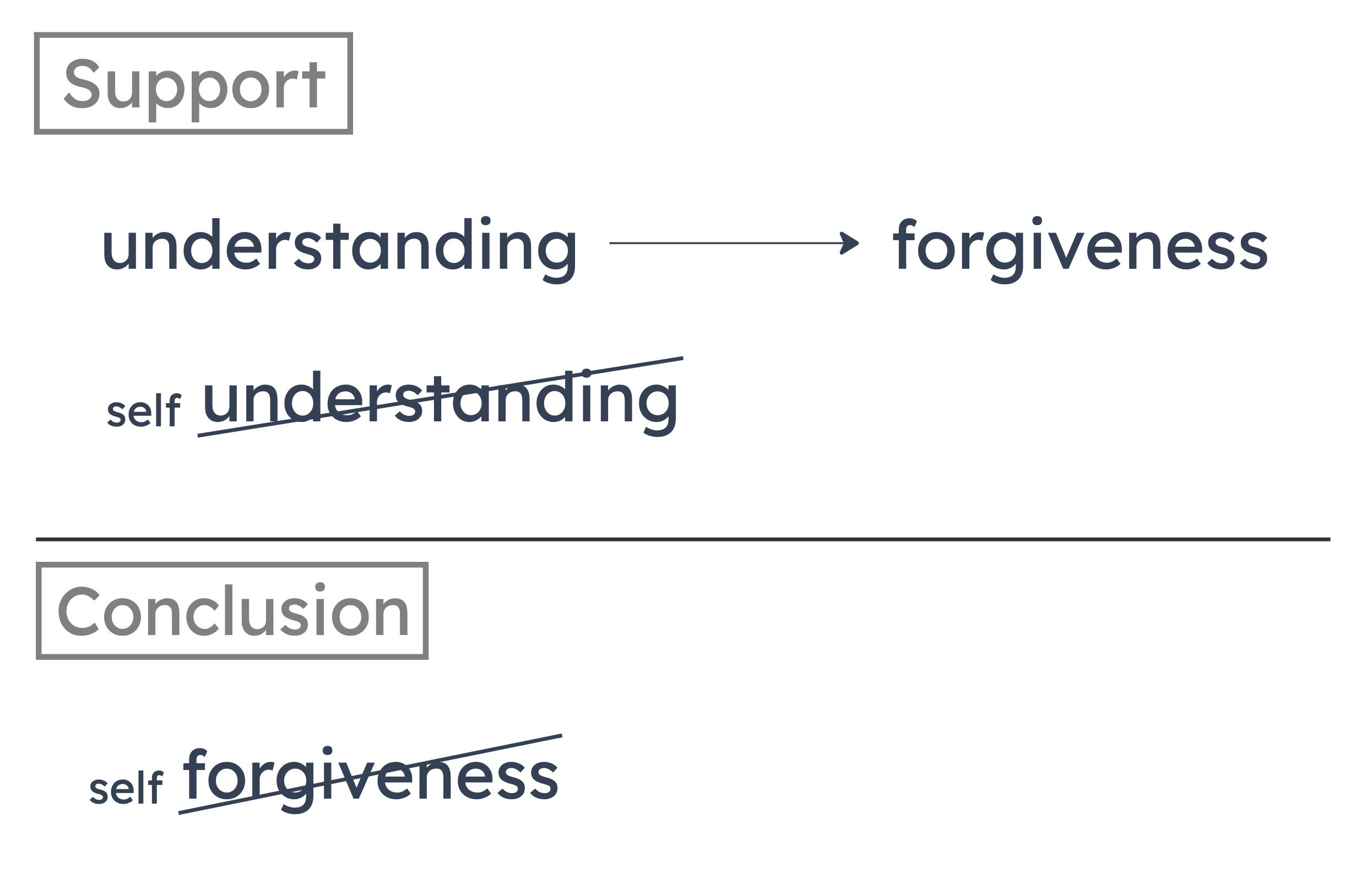
In other words, the author treats complete understanding as the only way to bring about forgiveness. But maybe it’s possible to forgive yourself completely, even though you can’t understand yourself completely.
A
treats the failure to satisfy a condition that brings about a particular outcome as if satisfying that condition is the only way to realize the outcome
B
confuses something that is necessary for an action to occur with something that necessarily results from that action
C
takes for granted that something that has merely been said to be true is, in fact, true
D
ignores the possibility that a state of affairs is desirable even if it cannot be attained
E
uses the difficulty of attaining a state of affairs as a reason for not attempting to attain it
A
A rabid bat is much more likely to infect another bat than to infect any other type of animal.
B
Rabid bats are less mobile than other bats but are much more aggressive.
C
Most animals that carry rabies are animals of species that, under normal conditions, very rarely bite people.
D
The bat species with the highest incidence of rabies do not live in buildings.
E
People are more likely to be aware of having been bitten by a bat if they were bitten by the bat inside a building.
Monarch butterflies must contend with single-celled parasites that can cause deformities that interfere with their flight. In populations of monarch butterflies that have not migrated, as many as 95 percent are heavily infected by the parasites, while less than 15 percent of those in migrating populations are infected. This shows that migrating allows monarch butterflies to avoid these parasites.
Summarize Argument: Phenomenon-Hypothesis
The author hypothesizes that migration allows monarchs to avoid the parasites. She supports this by saying that up to 95% of non-migrating monarch populations are infected, while less than 15% of migrating populations are infected. She also says the parasites can interfere with monarchs’ flight.
Identify and Describe Flaw
This is the cookie-cutter flaw of assuming that correlation proves causation. The author notes a correlation between migration and lower infection percentages and then concludes that migration causes monarchs to avoid infection. Her reasoning is flawed because she overlooks two key alternative hypotheses:
(1) The causal relationship could be reversed—maybe parasitic infections prevent monarchs from migrating, not the other way around.
(2) Another factor might cause certain populations to not migrate and to be more vulnerable to parasites.
A
monarch butterflies are unable to detect which areas are free from parasites
Migrating monarchs have a lower percentage of infections, but it doesn’t matter whether they can detect which areas are free from parasites. Even if the author did address this, it wouldn’t impact her conclusion that migration allows these monarchs to avoid parasites.
B
long migrations are no better protection from parasites than are short migrations
The author just concludes that migration allows monarchs to avoid the parasites; she never claims that long migrations are better than short ones. Even if long and short migrations are equally effective, this wouldn’t impact her conclusion.
C
populations of monarch butterflies that have not migrated are much larger than migrating populations
The author addresses the percentage of monarchs infected, not the number. Even if there are more non-migrating monarchs, it doesn't change the fact that they have a higher percentage of infections. The question of what causes this higher percentage still remains.
D
monarch butterflies infected with parasites are typically unable to migrate
The author overlooks the possibility that the causal relationship is reversed. Maybe the parasites cause monarchs not to migrate, rather than the other way around. After all, the author does say that the parasites can interfere with the monarchs’ flight.
E
populations of monarch butterflies tend not to migrate if they have stable food sources
Even if monarchs with stable food sources tend not to migrate, this doesn’t change the fact that these non-migrating populations have a higher percentage of infections. It also doesn’t affect the conclusion that migration helps the migrating monarchs to avoid the parasites.
Bird Flying -> wings stable -> balance powerful forces